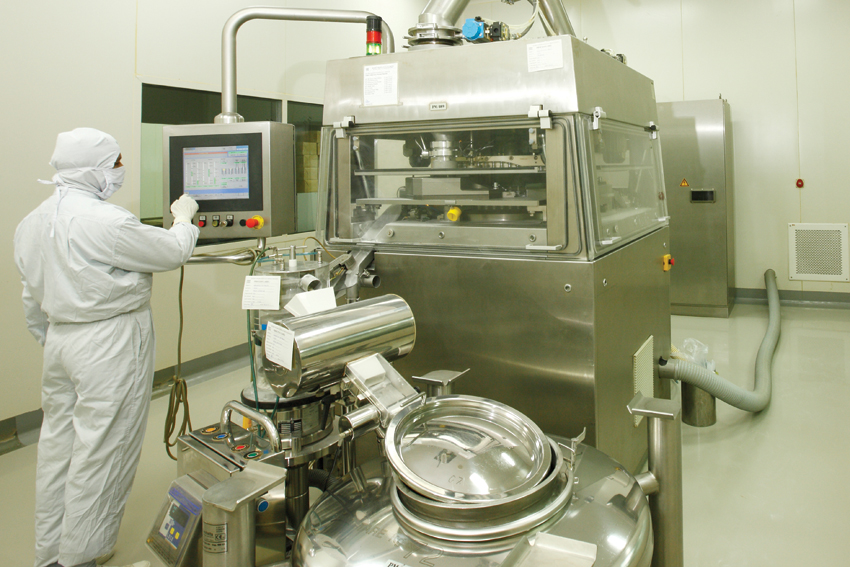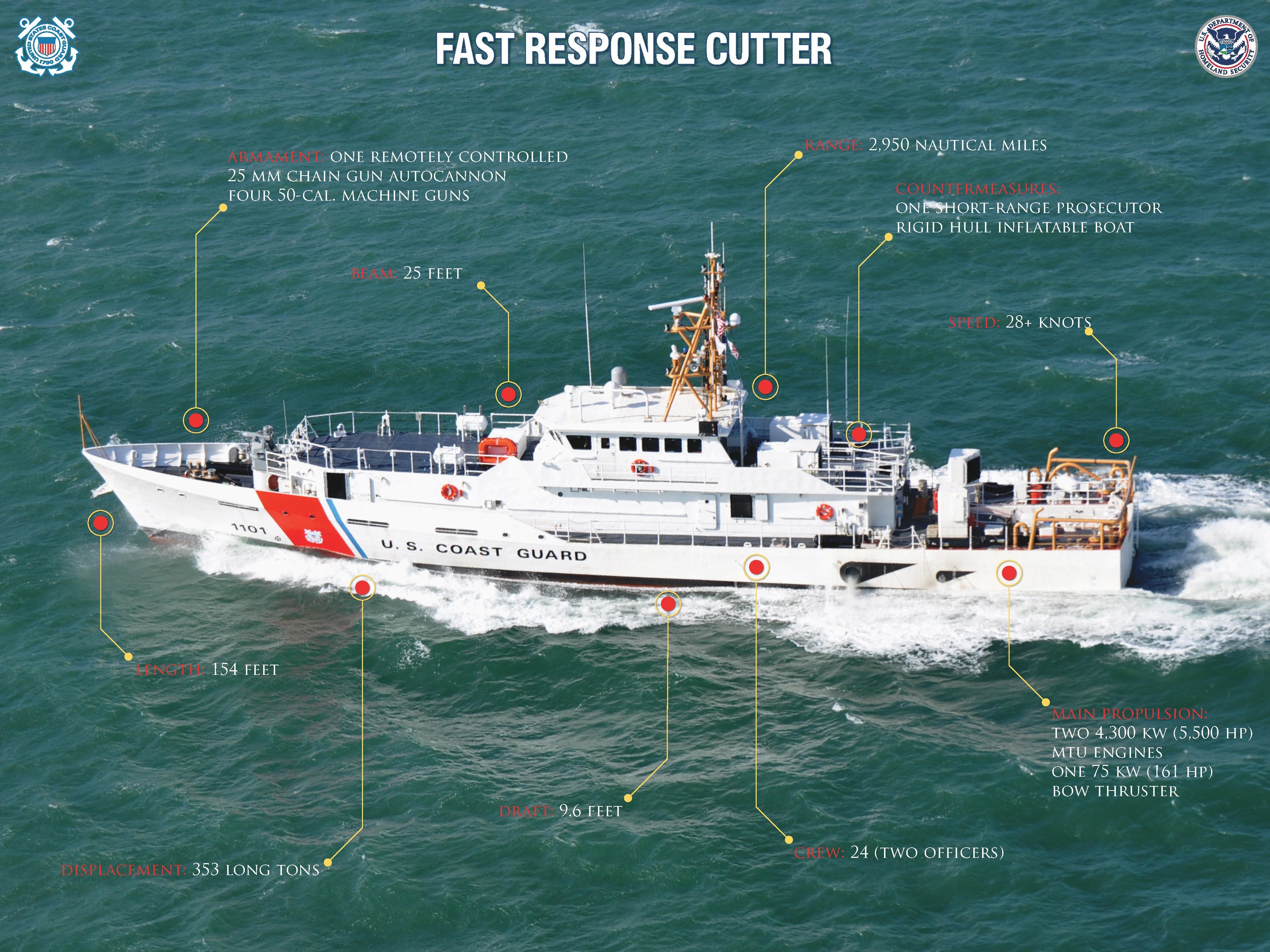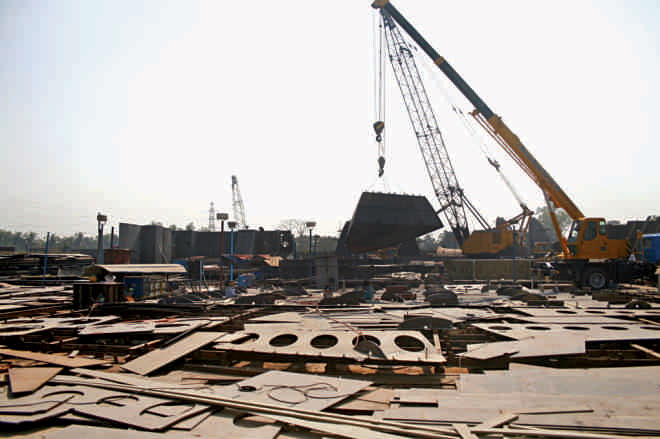The Picard Company: in Bangladesh to Stay, by Marianne Scholte
The increasing shift of manufacturing jobs from Europe and North America to developing countries since the 1970s has been an extremely painful transition and has been roundly condemned. Well-paying jobs were destroyed in the West, and production was moved to factories in developing countries, often with low wages and poor social compliance. However, the Picard Company has shown that hardheaded price calculations can go hand in hand with socially responsible business practices.
 Saiful Islam inspects the kindergarten at Picard Bangladesh.
Saiful Islam inspects the kindergarten at Picard Bangladesh.
Saiful Islam, the Managing Director of Picard Bangladesh Ltd., likes to tell the story of the day that ‘child labour’ was discovered at his leather goods factory in Savar, outside the capital city of Dhaka. It was one day early in 2012, just as he was returning from lunch. He spotted a photographer outside the perimeter taking pictures of children playing in the yard and immediately understood what was up.
He approached the photographer and said, ‘You are looking for child labour? Let me take you inside and show you.’ The alarmed photographer tried to back away, anticipating that he might be roughed up, but Islam reassured the frightened man that he was in no danger and escorted him to the factory’s kindergarten. The photographer dutifully filmed the after-school care for 40-50 children and all-day childcare for 32 children, but of course the pictures were never shown on television. Evidence of a Bangladeshi entrepreneur doing something right doesn’t fit the story line we have come to expect.
Picard Bangladesh, however, has been defying convention wisdom about the exploitative nature of overseas production since it was established in 1997. Picard Bangladesh is a joint venture between Saiful Islam, who before then had been working in his family’s readymade garment business in Bangladesh, and the Picard Company in Obertshausen, Germany, which sells its high quality leather bags across Europe and Asia.
Unlike most leather goods firms, the Picard Company was not interested in simply sourcing bags overseas; the company had been both manufacturer and retailer since Martin Picard started the family business with his sons, Edmund and Alois in 1928. By the end of the 1960s, the company had four factories in Germany with over 1000 workers.
But, as Thomas Picard, the Director of Picard Germany, explains, ‘Then the big buyers – Neckermann, Karstadt, Kaufhof, Horton and Hertie – went to South America, Korea, Taiwan, Hong Kong, and began to buy there. Our production had no chance against this competition. We tried, but it was hopeless. In 1976 we opened our first overseas production facility in Tunisia. We simply moved what we had in our Spessart factory to Tunisia – with a German manager and everything. And we worked there just like we had always worked here.’
The next expansion was to China, in 1982. And then in 1995, Thomas Picard started looking for a partner in Bangladesh. Picard: ‘It was clear to me already in 1995 that China would close down at some point. It got too expensive and too complicated – too many requirements, too many demands.’ A mutual acquaintance, Franz Bauer from the Offenbach University of Art and Design, who conducted leather bag design and production training in Bangladesh, brought the two men together.

Amrita Islam’s husband, Ibnul Wara, has also been deeply involved in efforts to open up new markets for Picard Bangladesh. Wara runs Austan, a tannery in the Dhaka Export Processing Zone in Savar, which the family bought five years ago. Austan manufactures about 300,000 square feet of processed leather a month, 50% of which goes to Picard Bangladesh.
However, both Amrita Islam and Ibnul Wara are concerned with far more than just expanding the family business. They want the Bangladesh leather sector to seize the present opportunity to dramatically increase the value addition of their leather exports by moving away from the export of leather crusts towards more manufacture and export of leather goods.
As Wara explains, ‘
Our leather sector is growing at an astonishing rate. We recently reached the one billion dollar mark…if we address environmental and social compliance, we can easily turn this into a five billion dollar sector. But will depend to a considerable degree on government policies. The sector needs urgently to deal with the huge chemical and environmental issues all along the supply chain.’
The Dhaka Export Processing Zone, where Austan is located, has a central effluent treatment plant and stringent environmental standards. However most of the tanneries are located in Hazaribagh, where they work under notoriously toxic conditions. The government plans to relocate the tanneries to a new site in Savar with a central effluent treatment plant. Although this discussion has been going on for 15 years, Wara believes this is actually, finally happening.
But beyond that, as Wara points out, policy changes are also required: ‘At this point, Bangladesh is exporting a major part of our leather in the form of crusts to Korea, to Italy, etc. However, if Bangladesh leather goods continue to grow…the tanneries must be encouraged to sell more to the local manufacturers – or we will be forced to buy the same raw material from overseas at a higher price. It is a matter of the export incentives – the government pays the tanneries a certain percentage of the value of the crusts when they export…the export incentives need to be adjusted.’
While Amrita Islam and Wara are focused on tapping the development potential of Bangladesh’s leather sector, Saiful Islam remains focused on taking care of workers and addressing their needs. As he says, ‘…from day one, Picard insisted that we had to take care of the people…we had a good understanding about compliance from the beginning. For the last 18 years we have not had a single case in the labor court…We have a lot of loyalty; we have a number of people who have been here for the last 18 years! We offer social protection programs: life insurance, a health policy, a provident fund and the gratuity – after you work here for five years, you get a one-month bonus every year, in other words, 13 months of wages every year. That is a big deal.'

At present, Islam is searching for ways to address the critical shortage of housing for workers and the corresponding exorbitant rents. As he explains, ‘ I am really unhappy about the fact that 50% of their earnings go for rent and every year after our workers get a pay raise, the rent is increased. And I am really unhappy that there is no proposal coming from the side of the entrepreneurs. They are always demanding that the government provide the dormitories. But the government does not have much money. Why haven’t we formed a public-private partnership to address this problem in the industrial hub in Savar and Gazipur? …if there is no participation from the private sector, we are only taking and not giving anything back.’
Islam has been talking to landlords and inspecting dormitories and has come up with a plan. Picard Bangladesh will sign a contract with a landlord, insisting on certain basic standards including electricity and drinking water 24 hours a day, a good sanitation system, a good kitchen, etc. The contract will run for five years, with no rent increase for 2.5 years, when a 10% increase will be permitted. The pilot project will be implemented at the new factory.
Is all this exploitation? Picard is in Bangladesh because of the low wages. As Thomas Picard says, ‘[Bangladesh] is chaotic, but that is also what makes it viable...It is a developing country and – one has to say this honestly – this is why production prices are low.’
So, how does Picard respond if someone accuses him of moving jobs abroad to produce under exploitative conditions?
Picard: ‘There are two aspects: one is the shift of production overseas and the loss of jobs in Germany. In that case, there is a very simple answer: If we had not done this, we would no longer exist. The 200 people in Germany working for us now would not have jobs with us. Moving abroad was a life saver for the company.’
‘The second aspect is that of “exploitation” abroad. We pay wages that are appropriate in the country. So no one can say that we exploit the country. In fact, we are actually taking the country forward. We gave them our knowhow for free. We weren’t paid anything for that. The people who are trained in our factory can open a business or work in another factory. We have good technicians who are wooed away by other firms offering more money – three times as much. This is the normal development and will surely increase…The country is dynamic…The people are getting more education. Employment opportunities are increasing. The country will continue to develop.’
In addition to his involvement with Picard Bangladesh, Thomas Picard also supports the BGS School in Tangail, Bangladesh – a boarding school for poor young men and women between 16 and 18 who are not able to continue their education but want to learn a trade. Picard and his brother bought all new machines for the workshops, and they continue to finance the school’s operations.

Picard: ‘After a number of years in Bangladesh, we earned some money and I was looking for ways to use those profits for the country.’ Or as Amrita puts it, ‘[the Picard family] want to do good…If you want to do good, you will end up benefiting the lives of the people you touch.’
RMG (both knit and weave) still has growth potential from the current $25bn to around $50bn by 2022, after which we will need to look at increasing the vaue added element including building our own brands. I expect the real growth areas to be leather (footwear, accessories, furniture etc) and white goods. At the rate our exports are growing 8%-9% GDP growth should be easily do-able.
I have to agree.
Non-leather Athletic Footwear sector is already huge due to the Korean/Chinese investor factories (like Indonesia and Vietnam). Leather exports including leather shoes exceeded one billion in exports last year. I had predicted long ago that footwear would be the next garments sector in Bangladesh because it uses the same production methods until you glue and slap on the sole....
Footwear export (all varieties including athletic) compares favorably to long term players like Indonesia which is the largest source...there's plenty of room to grow as half of the planned SEZ's haven't started yet. Indonesia doubled their shoe exports in just five years and those five were 'eventful' and disruptive to say the least....
Indonesian Footwear/Shoe Exports 2010-2015:
Year--------
Shoe Exports --------
YoY Growth
2015--------$4.7 billion---------------+7%
2014--------$4.4 billion---------------+13%
2013--------$3.9 billion---------------+11%
2012--------$3.5 billion---------------+6%
2011--------$3.3 billion---------------+32%
2010--------$2.5 billion---------------N/A
Source: Indonesian Trade Ministry


























